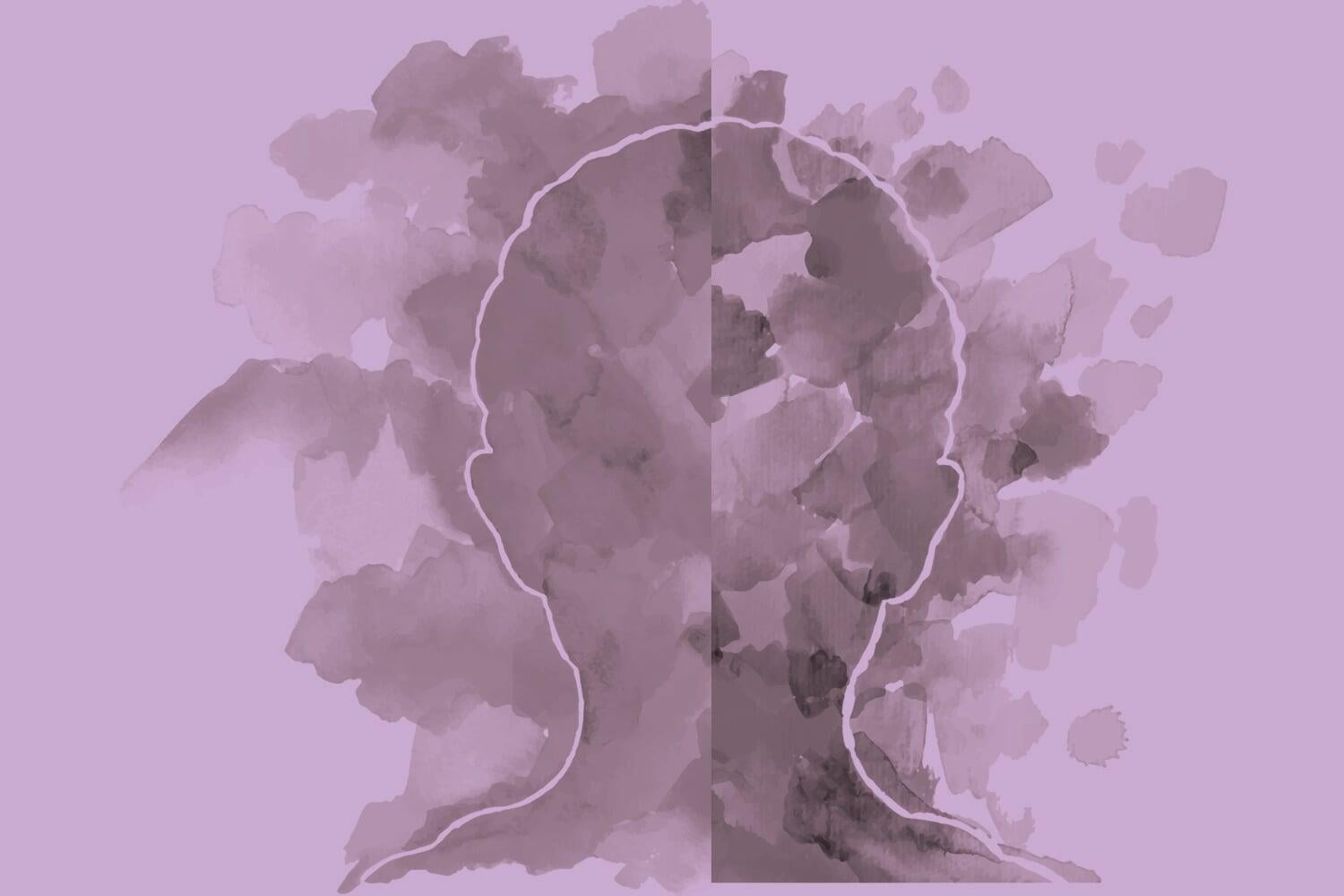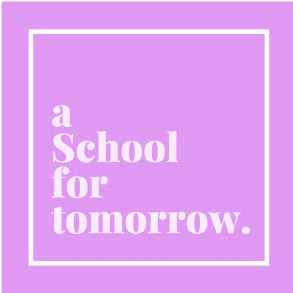Game Changers | Work | A School For Tomorrow
The Strategy to Lead
What is the strategy to lead in a School for tomorrow? Leading is about becoming a servant who goes on a journey from me to you to us through asking the question: how can I best serve others? Leading in a school community begins with understanding the mission and its tasks, developing a shared vision for how strategic learning capacity might be increased, and answering the questions that will help the school make the right choices about its future.

LEADING IN A SCHOOL FOR TOMORROW
Leadership is the capacity to direct, motivate, influence, and inspire people to achieve willingly their mission. It is actualised through deliberate, targeted, and intentional action that aligns vision with intention and means. Our leadership should begin with who we are as a person, flow into who we want to become, and be demonstrated through our actions in service of others. It is exercised in relationship with those around us and our environment. It is the articulation of a desire to achieve better outcomes for others through an inside-out process of development that models inquiry for all that aligns with The Pathway to Excellence:
- Self: Who are we?
- Relationship: Where do we fit in?
- Service: How do we best serve others?
- Commitment: Whose are we?
The character of leaders in schools aligns with these and is about building:
- Education: Influencing as a research-driven instructional leader
- Culture: Inspiring as a growth minded change leader
- Strategy and leadership: Directing as a mission-oriented servant leader
- Performance and systems: Motivating as an evidence-based high-performance leader
School leaders build character capital in a school community through their character labour, especially through role modelling and development of character competency; institutional self-efficacy results from their will and their capacity to embed a shared commitment to “what we want, why we want it and how we do” it in character education. This often requires them to be game changers, true pioneers who show the way forward for others to reinvent education in a School for tomorrow.
This leadership character is drawn from values of meaningfulness, authenticity, transformation, sustainability, service, and relationship and demonstrated through specific leadership competencies:
- Orientating through understanding and managing change
- Strengthening through disciplined and purpose-driven practice
- Informing through creating and communicating vision, and aligning through values-based leadership style
- Focusing through problem-solving and decision-making, and enriching through team cultivation
“If your actions create a legacy that inspire others to dream more, learn more, do more and become more then you are an excellent leader.”
Dolly Parton
What we might lead learning to become in in our community of inquiry and practice? The vision of a School for tomorrow. starts with building a picture of learning and the needs that will arise from this. Responding to the following observations and questions can help us to increase our strategic learning capacity:
- The educational values set draws on tradition and is sharpened by our contemporary circumstances. How will we balance the needs of yesterday, today and tomorrow?
- All aspects of schooling need to be aligned, personalised and integrated. How will we bring about the institutional focus and discipline needed to make this a reality?
- The leading schools of the world have a clear vision for learning informed by graduate outcomes. How will we demonstrate the pervasive influence of a graduate profile on all of the educational activity of our school?
- Educational research across the world points to teacher performance as the key to achieving graduate outcome. How will we ensure that data collection, systems, structures and resources encourage the best possible performance of our staff?
- The best teaching is that which works to improve more outcomes for learners within a learning culture that is enriched by reflection and inquiry. How will we help our community understand the primacy of students asking and answering the right questions that help them to understand and improve their own performance?
- The disposition and habits of the best teachers are based on adaptive expertise and self-efficacy. What can we do to enhance the mastery, autonomy and purpose of our teachers so that they are committed to outstanding outcomes?
- We can help teachers to become better with an effective coaching and goal-setting process. How will our teachers welcome performance development?
- Teaching operates in a technologically rich society that is more open, and informed by data at all levels. How will our school become more transparent?
- The ongoing pattern of change and renewal that we see in schools needs to be predictive rather than responsive of that which we see in society. How do we help our school to build a culture of research and development that help us to construct the best solutions for our future?
- Educational leadership works best when it attends to deliberate, targeted and intentional strategy that builds the right culture for a learning community that leads its society. How do we encourage our school to design its future?
A STRATEGY FOR INCREASING STRATEGIC LEARNING CAPACITY
Once a school has agreed on what it wants the learning to be, how it wants to get there. This will involve asking and answering a range of questions about the best possible choices to make about the direction in which it might go, the rate at which it will go, and the resources it will use to help it to get there.
Do we understand how to make learning the core of our school’s strategic intent and then its daily practice?
Building strategic learning capacity involves establishing and enhancing a culture of aspiration and performance within the community. The community and everyone in it need to set high expectations and high standards; the assumption that this is being done is too frequently revealed to be inconsistent within schools of all types. The expectation for student achievement should be based on the belief that all children are capable of success – children should be supported to set goals and achieve them regardless of their background and socioeconomic situation. Schools must have clear and ambitious standards for students and teachers, ideally involving students and teachers in setting these standards, and systems of clear communication, review and feedback on achievement. At the same time, they need to pay attention to what works and what doesn’t work in making these standards realisable. In defining and pursuing a vision, schools should attend to leading in practice (drawing on evidence and exemplars of successful education both locally and internationally), pay close attention to measuring success and feedback loops, and understand the state and needs of the systems that support learning and innovation. Above all the standard is the aspiration, not necessarily the experience of every learner. Standards should be personalised to the learner, aligned to community expectations and integrated within every aspect of a school’s daily life.
Are we confident about our capacity to meet the challenge of necessary change?
Building strategic learning capacity consists of our shared focus on the international shifts in learning and a commitment to building teacher capacity to provide it. Schools need to move away from rigid systems of learning to personalised systems focused on student needs and graduate outcomes that are enhanced by flexible curriculum and innovative pedagogical practice. We need to attract high quality candidates into our schools, provide them with high quality initial training, turn them into effective instructors and researchers, and build a flexible career structure for them that rewards both good teaching and the attainment of good learning outcomes by those with whom the teachers work. Teachers must be encouraged, supported and developed to take responsibility for their professional learning within the context of the changing nature of our world, and the changes to the educational, human, technological and other systems that support it. We need to promote effective teachers and give them more responsibility for leading teaching and learning. To this end, we need to identify effective leaders early in their careers and prepare them through specific training and development to lead for change and support teachers through the process.
Do we have the mandate of our community to go about this process of change?
Building a mandate for change in strategic learning begins with helping a community commit itself to the value of its educational future and its educators. Our community and the society which it serves must place a high value on education – this is reflected through levels of funding, attitude, support, community involvement, and support. At the same time, quality teachers are key to the success of students and the teacher/student relationship is vital to making sure that well-intentioned statements about the value of education are borne out in the concrete actions of connected and supportive school stakeholders who value teachers, recognise the importance of their work and understand that their profession is complex. These stakeholders need to be drawn together to help develop teachers through mentoring, classroom observation, and constructive feedback to become more professional and more collaborative in all areas of practice, especially in tracking and diagnosing the nature and progress of an individual child’s learning.
School strategic development teams – no matter what the specific combination of Board, executive, staff, parents, students, other community members works best for the particular school – need to wrestle with these issues and questions in order to set a learning vision for their school that defines its future, establishes its essential directions, and influences all of the activity that flows from these in accordance with its essential character.
In other words, leadership is more than just doing the right thing and leading by example. It’s about our choices and how we achieve them while we are showing the way forward on The Pathway to Excellence.







